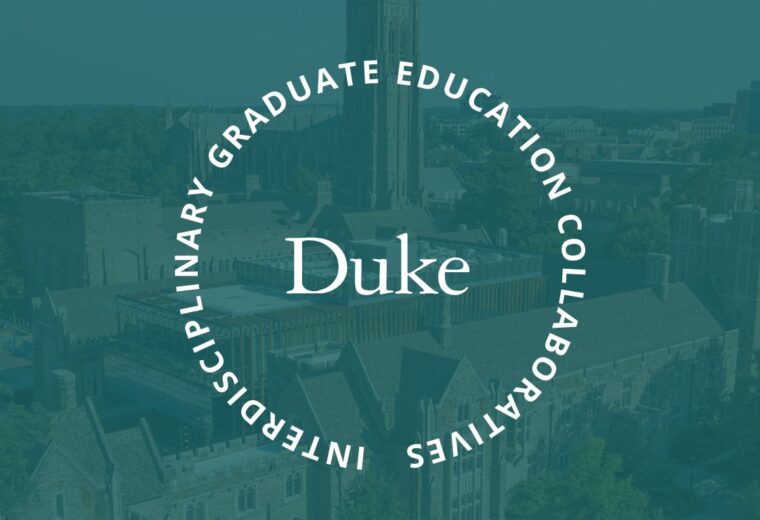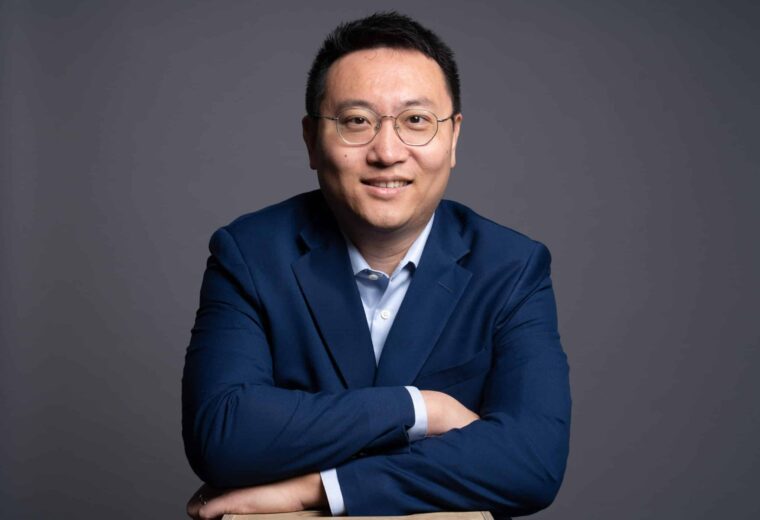
Equipping Graduate Students to Tackle Emerging Challenges
Duke Engineering faculty are involved in three new interdisciplinary graduate education collaboratives focused on society-centered AI, advanced climate training, and information science and engineering for the public sector.











